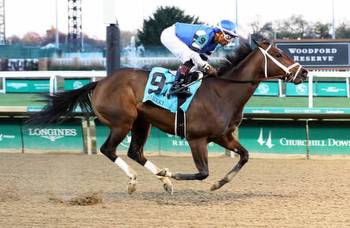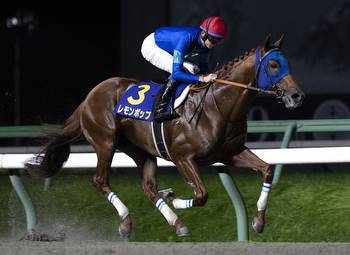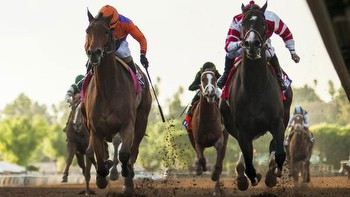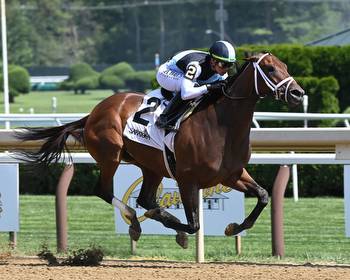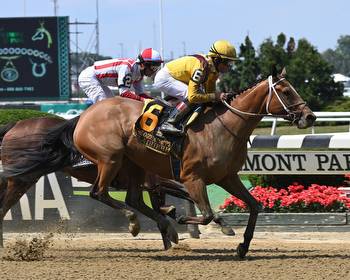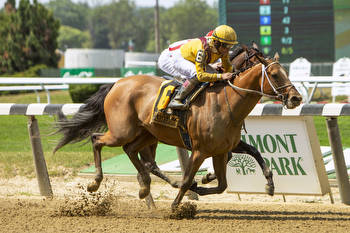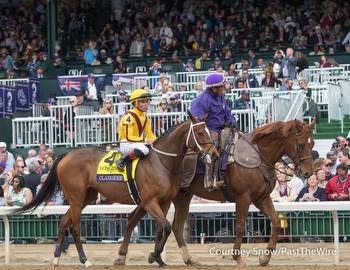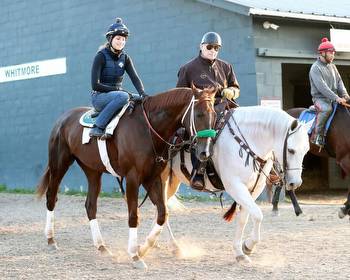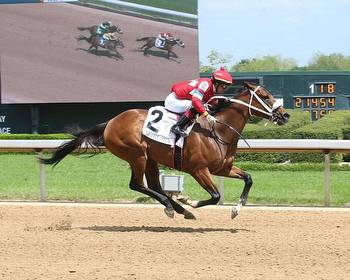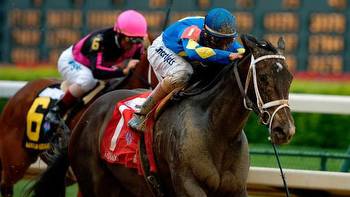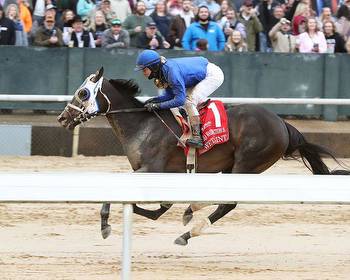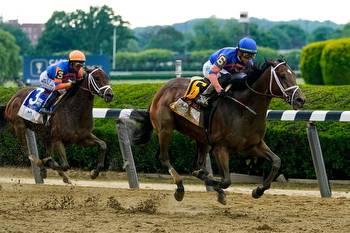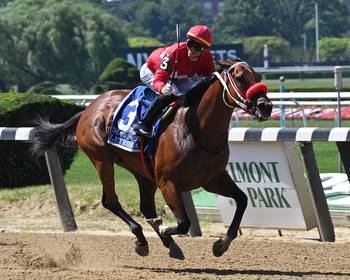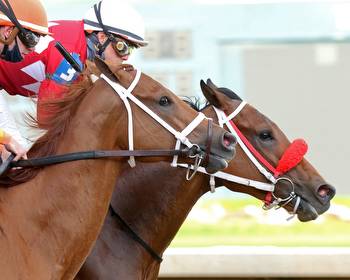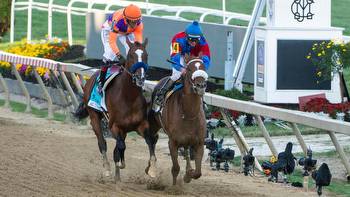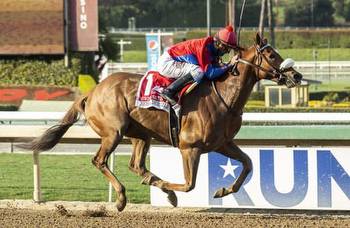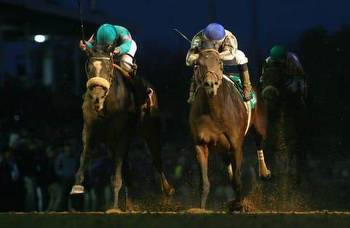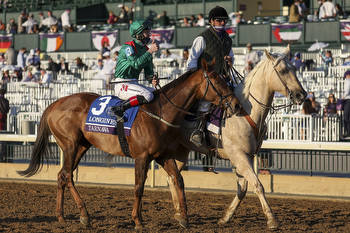What is a key race, and how do you identify one?
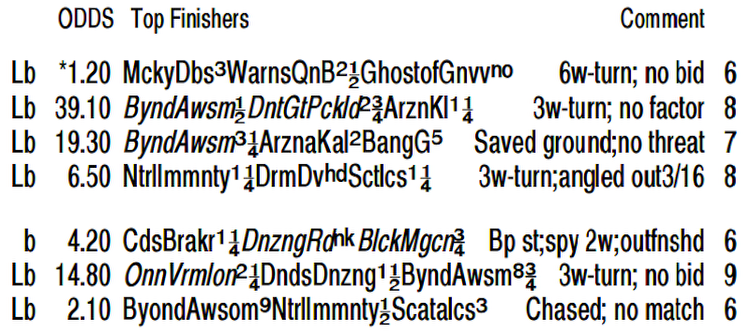
Have you ever heard of a “key race?”
A key race is a race from which a large number of participants return to win or run well the next time they compete. It can be difficult to identify a key race immediately after it is run, but once a couple of participants have returned to win, it’s worth viewing the rest of the participants with respect. Maybe they too will come back and run well.
Brisnet Ultimate Past Performances help bettors identify key races. The top three finishers from every race a horse has contested are listed in the past performances, with next-out winners italicized. But it pays for bettors to conduct extra research on their own—maybe lower-finishing horses from a particular race came back to win, or maybe a horse who was beaten next-time out finished a strong second against tough competition.
One of the best-ever examples of a key race is the 2008 Apple Blossom H. (G1) contested on April 5 at Oaklawn Park. Reigning Breeders’ Cup Distaff (G1) winner and 2007 champion older female Ginger Punch was the heavy favorite going in, starting as the odds-on 2-5 favorite. But in the end it was the stretch-running Zenyatta who claimed top honors, surging from far off the pace to win the 1 1/16-mile dirt contest by 4 1/2 lengths over Brownie Points, Ginger Punch, Lemon Drop Mom, Clever Strike, and Kettleoneup.
Zenyatta came into the Apple Blossom undefeated in three starts and clearly ran well. So did runner-up Brownie Points, a six-time stakes winner against easier competition. But over the next two months, the Apple Blossom’s status as a key race became increasingly apparent.
On May 2, Ginger Punch and Kettleoneup returned to action in the Louisville (G2) racing 1 1/16 miles at Churchill Downs. Bettors forgave Ginger Punch for her Apple Blossom defeat and favored her at 1-2; their confidence was rewarded as Ginger Punch strolled to a 3 3/4-length victory. Kettleoneup didn’t fare as well, finishing last of five as the 66-10 fifth choice in what turned out to be the final start of her career.
Ginger Punch, on the other hand, spent the remainder of spring and summer adding consecutive triumphs in the Ogden Phipps H. (G1), Go for Wand H. (G1), and Personal Ensign (G1) to her lofty resume.
On May 15, Clever Strike switched from dirt to turf for an allowance racing about 1 1/16 miles at Arlington Park. Despite the surface change, Clever Strike started as the 9-10 favorite and tracked a slow pace on her way to victory by a neck.
On May 17, Lemon Drop Mom started as the 2-1 favorite in the Winter Melody S. at Delaware Park. In retrospect, those odds were generous, as Lemon Drop Mom relished the class drop and exploded from midfield to dominate by nine lengths.
On May 26, Brownie Points took aim at the Ouija Board Distaff H. (G3) racing one mile over the Lone Star Park turf course. Bettors weren’t overly keen to support her on the surface switch, establishing Brownie Points as the 4-1 second choice, but handicappers attuned to the victories of Ginger Punch, Clever Strike, and Lemon Drop Mom had reason to view the Apple Blossom as a key race. It wasn’t really surprising to see Brownie Points rally from far back to win the Ouija Board Distaff by 1 3/4 lengths.
Finally, on May 31, Zenyatta herself reemerged in the 1 1/16-mile Milady H. (G2) over the Cushion Track at Hollywood Park. Having beaten a quartet of next-out winners in the Apple Blossom, Zenyatta was favored at 3-10 and ran to expectations, unleashing her customary stretch rally to romp by 2 1/2 lengths.
Of course, the Milady wasn’t Zenyatta’s final victory. Over the next 2 1/2 years, Zenyatta won 14 additional graded stakes, including 12 Grade 1s. She earned four Eclipse Awards (including 2010 Horse of the Year) and in 2009 became the first filly or mare to win the Breeders’ Cup Classic (G1).
Yes… it’s safe to say the 2008 Apple Blossom was a key race.

